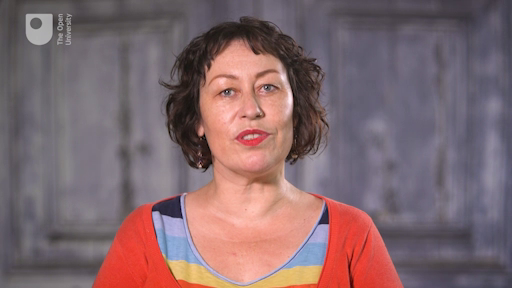Week 3: Understanding non-verbal communication
Introduction
Over the next three weeks of the course, you will be looking in more detail at the different forms of communication, i.e. non-verbal, verbal (or oral) and written.
This week you will be introduced to non-verbal communication, often referred to as body language, but not limited to this. The Collins English Dictionary defines non-verbal communication as:
… those aspects of communication such as gestures and facial expressions that do not involve verbal communication but may include non-verbal aspects of speech.
In studying non-verbal communication, you will gain an insight into the unspoken messages you are conveying to colleagues, interviewers, family and friends. Understanding body language will help to deepen your awareness of how someone is feeling, perhaps about a task or personal matter. It will help you to understand how some of your own signals may be perceived at work, so you can minimise them if they are negative and make better use of them if positive.
Watch this video of Lynne Johnson who will give you some more information about what you’ll be focusing on this week.

Transcript: Video 1
By the end of this week, you should be able to:
- understand and interpret non-verbal communication
- reflect on the way that others perceive you
- present a positive personal image.
